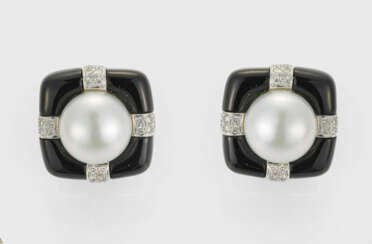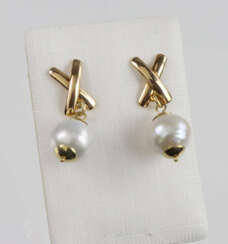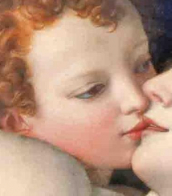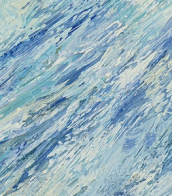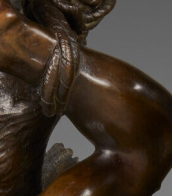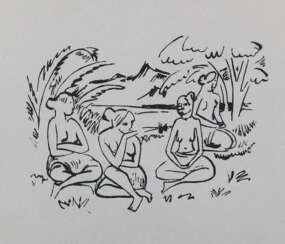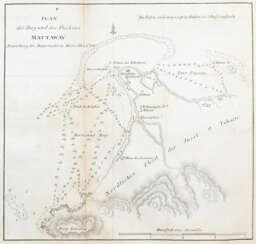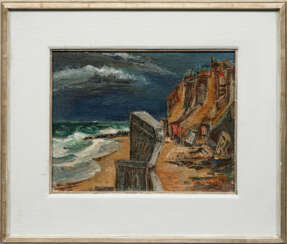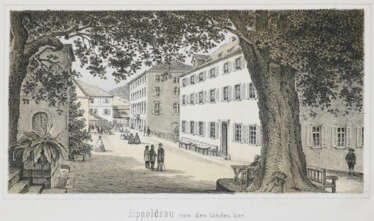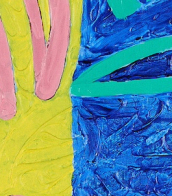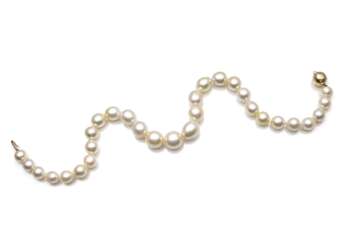28 Items by auctions and galleries:
südsee
Lot 3679 Fuchs, Ernst
Ernst Fuchs (1930 - 2015) 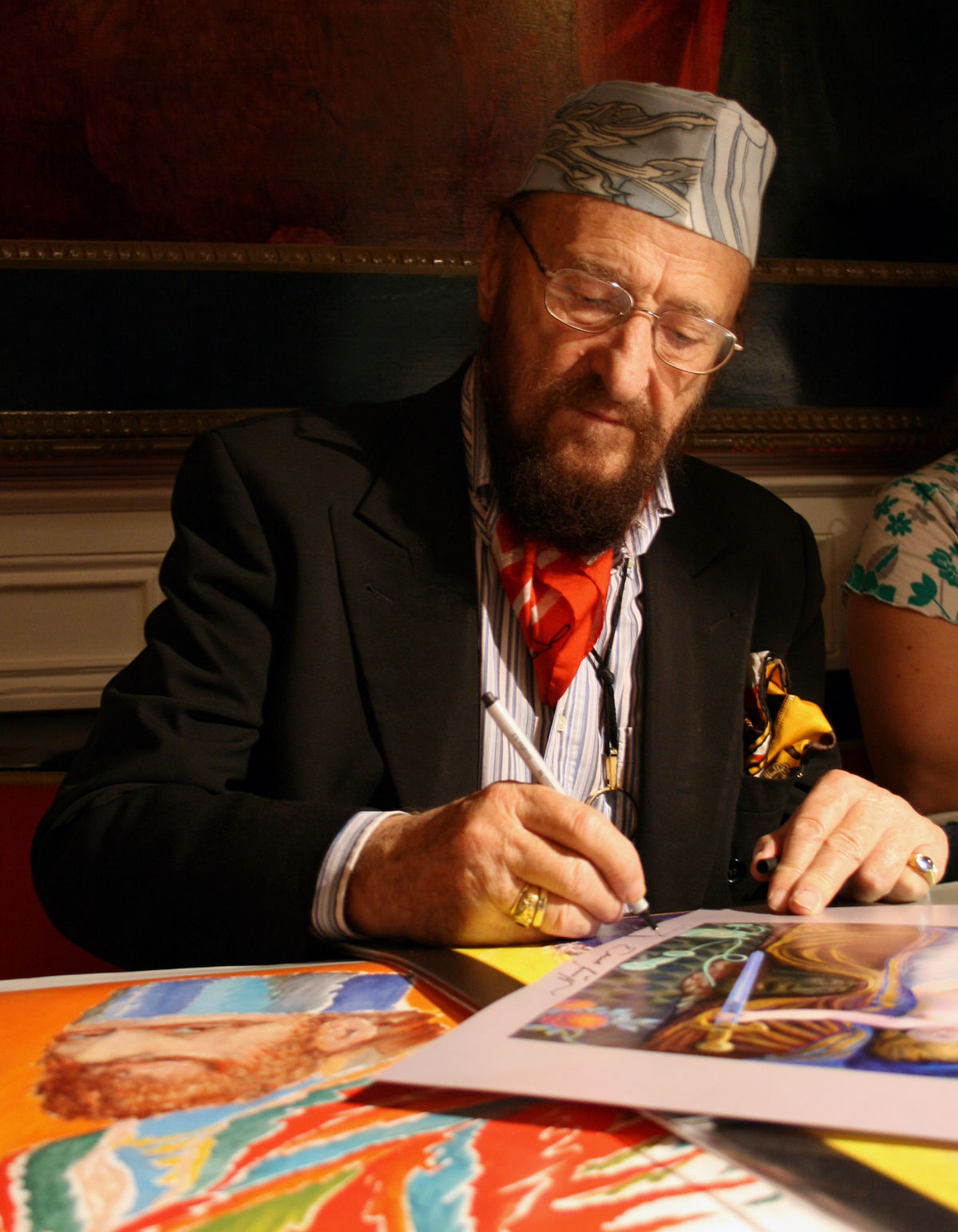 A141: Kunst und Antiquitäten – Teil 3
A141: Kunst und Antiquitäten – Teil 3 

Ernst Fuchs
13.02.1930 - 09.11.2015
Austria
Ernst Fuchs was an Austrian painter, draftsman, printmaker, sculptor, architect, stage designer, composer, poet, and one of the founders of the Vienna School of Fantastic Realism. In 1972, he acquired the derelict Otto Wagner Villa in Hütteldorf, which he restored and transformed. The villa was inaugurated as the Ernst Fuchs Museum in 1988.

Auktionshaus Kiefer
A141: Kunst und Antiquitäten – Teil 3
Date: 05.12.2025 10:00 UTC +01:00
Number of lots in the catalog: 1621






